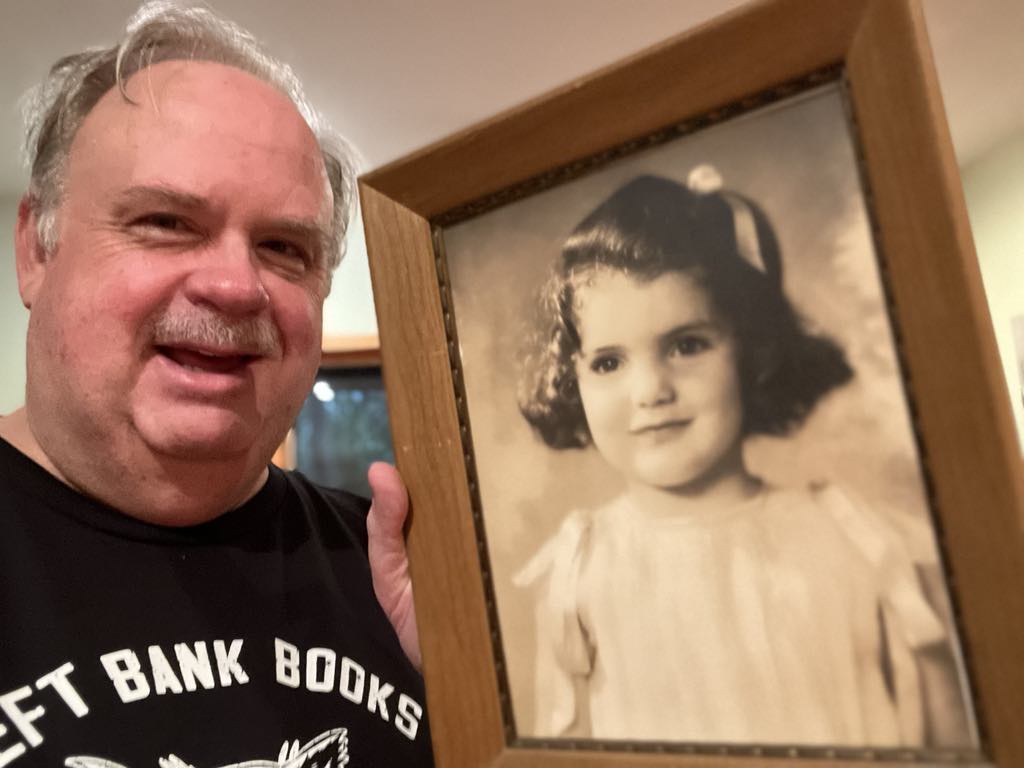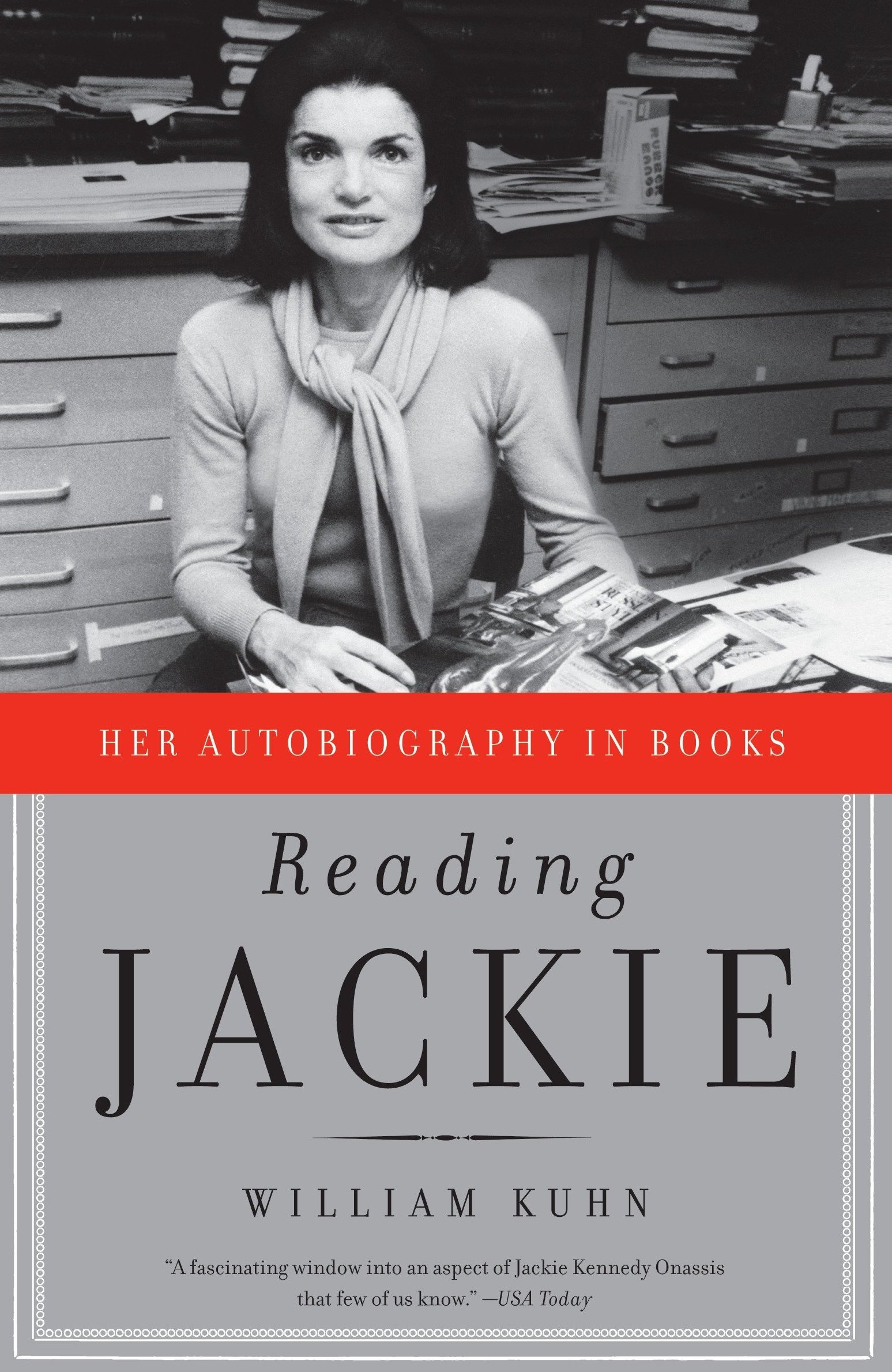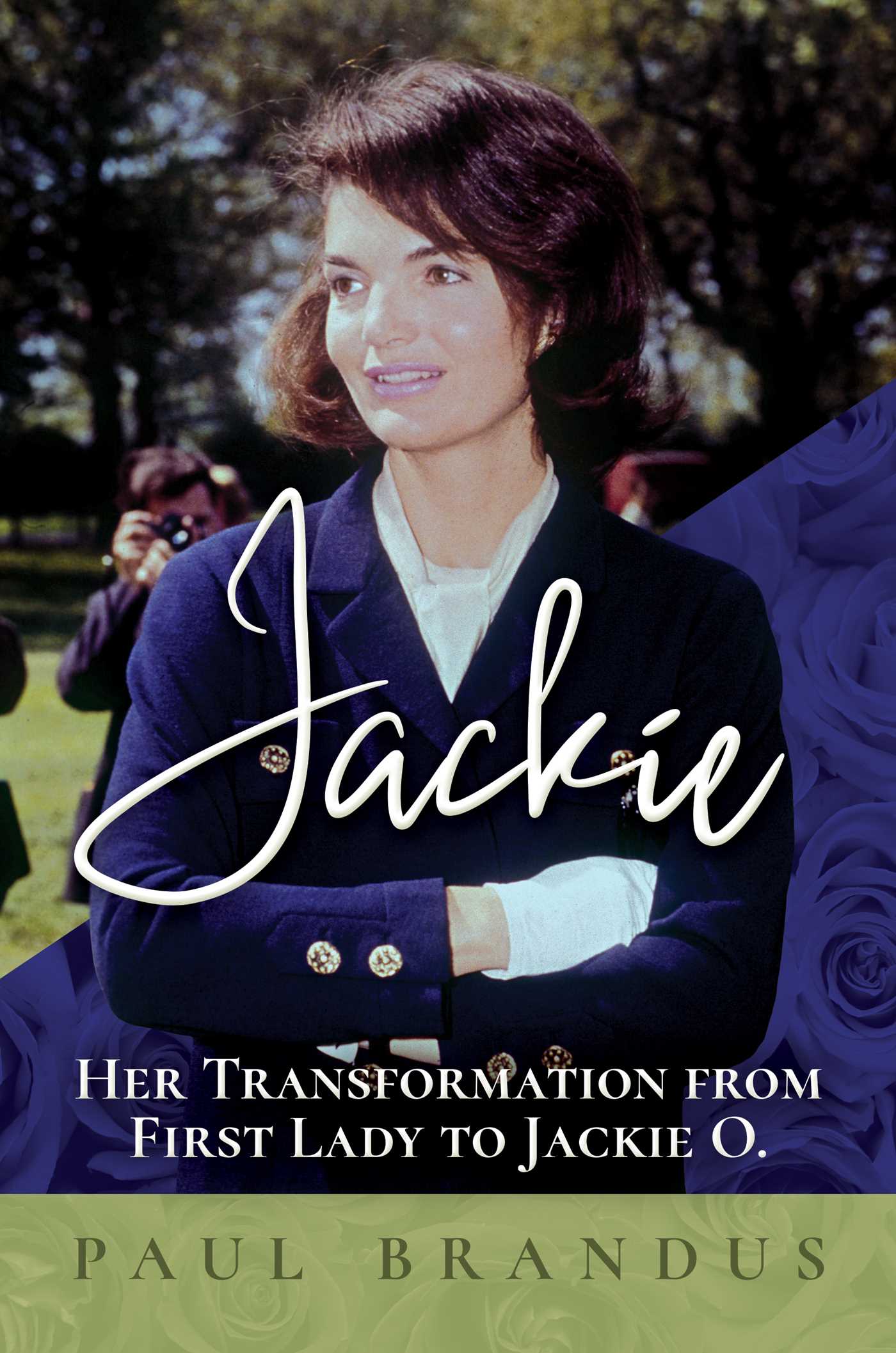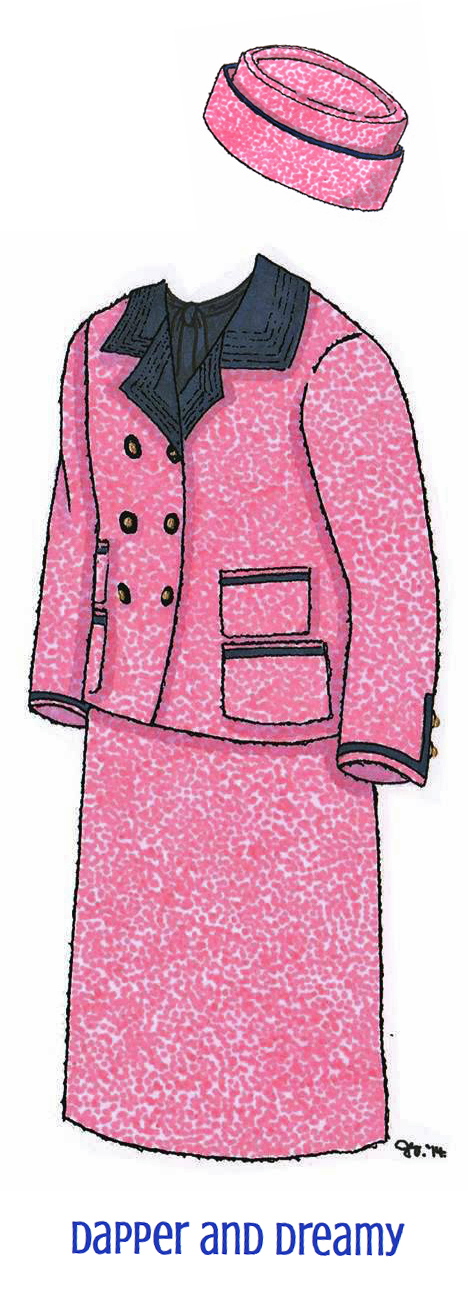Home
Checking in
August 14, 2025
By Steven Louis Brawley
While my PPB related social media accounts are active and have continuous fresh content, I have been less active posting stories to the main page of PPB the last few years. This has been a strategic decision. I am researching several Kennedy books. My in-depth primary and secondary research has consumed thousands of hours and thousands of dollars.
As many of you know, it's a labor of love. But, it also means I have to keep my work close to the vest for legal and publishing reasons. My Jackie journey began in 1968 (at the age of 3) and continues today. I have much more to do. For now, please follow me on Instagram and Facebook. Will be keeping you up to speed as my work continues. Thanks again for being part of my life as a Kennedy focused historian, author, and collector. Stay tuned!

William Kuhn Interview
 September 26, 2020
September 26, 2020
Interview by Steven Louis Brawley with William Kuhn, author of Reading Jackie: Her Autobiography in Books.
We met through my work at www.pinkpillbox.com. A few years ago, I visited Boston and you kindly gave me a tour of one of your favorite locations - The Boston Athenaeum. We then walked over to JFK's apartment on Bowdoin Street. We discussed your research and overall journey with the book. In retrospect, what are your thoughts about tackling the book?
It felt like a treat rather than a job I had to do. I used to walk with friends up Michigan Avenue in Chicago. I'd go into a high-end hotel, pick up the house phone, and ask to speak to Jacqueline Onassis. She wasn't there of course. It was just a party joke to mock my obsession. Doing this book meant that I could take my obsession more seriously. I also settled down and discovered that she was a more complex figure than I realized at first. I may have landed too hard on the things I admired about her, and air-brushed out some of the less positive things.
What new revelations about Jackie's publishing career have you discovered since your book came out? Have people come forward with additional stories for you?
I've learned that Doubleday cancelled the majority of Jackie's book contracts after she died. This included a book one man had been working on about Martha Graham. He'd been working on it for years. It was brutal. This also suggests that she'd been allowed to work on a wide variety of projects that the company didn't think were going to make them money. Several people have come forward with new, franker stories about her, yes. It's something to do with the passage of time.
Through the book you became acquainted with Nancy Tuckerman. Your article about Nancy in Vanity Fair gave intimate detail of their truly lifelong friendship. How did Nancy's unprecedented assistance with your research inform your work?
I was in touch with Nancy for about nine years. She was unhappy with some of the things in my first draft, and wanted stories omitted, even when they hadn't come from her. I had to negotiate to keep things in that I assured her were harmless. She was still being Jackie's guardian long after Jackie died. Our relationship improved after the book came out. She came and took questions at two of my book events. We had lunches and dinners together, often with friends of hers in western Connecticut.
You had so much material for the book, you have recently been publishing a series of articles that provide greater detail from your interview subjects. How do these articles help you continue to tell Jackie's unique story?
If you can know a woman by her bookshelf, you can know her even better by her friends. The interviews I've been writing about recently move beyond the publishing stories to the relationships Jackie had with people in her circle. Most of them did write one or more books with her, but they were often also in touch with her over a long period of time. For example, she met Ruth Ansel, an art director and graphic designer, via Peter Beard. They knew each other for decades. Their relationship went beyond the books they discussed doing together.
How many do you have in cue?
I did about 75 interviews. Of those, I'd say there are about a dozen of unusual interest from the relationship standpoint. There are about 6 or 7 more waiting for me to write them up.
Do you have any new books on the horizon?
I'm writing a chapter by chapter comparison of Lord Byron's life with mine. So far these are posted on Medium.com. I'm not a great sexy poet with a knack for comic verse, but knowing Byron's great sexy moments helps me recapture glimmers of mine. Working title: Byron Dared Me to Be Me.
Image courtesy Anchor.
Michael Smith Book on Obama White House
 September 7, 2020
September 7, 2020
By Steven Louis Brawley
Michael S. Smith's new book - Designing History: The Extraordinary Art & Style of the Obama White House provides an important addition to the academic study of the White House. Through his role as personal decorator to the Obamas, Smith gained rare access to our nation's most significant architectural symbol.
The book not only gives intimate details on how Smith partnered with the Obamas to create a personal space that balanced raising a family and governing a nation, it reinforces the strategic role of interior design.
Smith provides an overview of the history of the White House and delves deep into the detail of how the Obama state and personal spaces were designed, styled, and decorated.
During their tenure, the Obamas completed new designs for both the State Dining Room and the Old Family Dining Room on the state floor.
On the second and third floors, very modern and intimate spaces were created for the Obama family that included the President, Mrs. Obama, their two daughters, and Mrs. Obama's mother.
The book devotes a great deal of attention to the 1961-63 Kennedy restoration and Jackie's efforts. Smith notes he took inspiration for his work, especially in the Yellow Oval Room, from Jackie. He felt a symbolic kinship between the Kennedys and Obamas, with both raising young families in the White House. The Kennedy family (Ted and Caroline) were early supporters of Obama.
Smith gets a few details wrong in his Kennedy overview, most notably that Sister Parish was dismissed and didn't continue work through the assassination. This is not true. She worked for Jackie through the end of the administration and did some early work at the 1040 apartment in New York. But yes, she was politically sidelined through battles with Jackie's other consultants - Boudin and Dupont.
Smith's Obama work includes the continued use and refurbishment of many Kennedy era pieces. Here is an inventory of the Kennedy presence in the Obama White House:
- Treaty Room: 1869 walnut conference table (returned to room in 1962 by Jackie)
- Yellow Oval Room: Pair of Bergère chairs reupholstered in chestnut velvet (acquired for room in 1961); new curtains inspired by Boudin; Frederick P. Victoria hurricane lamps (favored by Jackie); Retained items that were previously in the room include: 2 bureau plats; 4 LeLarge armchairs and settee; 2 Louis XVI mahogany commodes; 1 Louis XVI bench; pair marble pedestals with Louis XVI candelabra; and chandelier from Kennedy era Blue Room
- Living Room: 18th century Pennsylvania high chest (used when this room was President Kennedy's bedroom)
- Center Hall: Partners desk acquired during Kennedy administration
- West Sitting Hall: Claude Monet's."Morning on the Seine, Good Weather," painting given as a gift to the White House by the Kennedy family in honor of President Kennedy
- Master Bedroom: James Whister's Nocturne painting (donated to White House during Kennedy administration)
- Billiard Room: Pair of Regency side chairs from Kennedy era Library; bouillotte lamp from Kennedy era Green Room
- Queen's Sitting Room: Jackie's decor has principally remained intact since 1963
- Old Family Dining Room and President's Dining Room: Majority of furniture has been retained from the Kennedy era
Image courtesy Rizzoli Publishing.
Paul Brandus Interview
September 1, 2020
 Interview by Steven Louis Brawley with Paul Brandus, author of Jackie: Her Transformation from First Lady to Jackie O.
Interview by Steven Louis Brawley with Paul Brandus, author of Jackie: Her Transformation from First Lady to Jackie O.
Why did you pick this period of Jackie's life to focus on? Most Jackie books focus on other periods of her life, e.g. her White House years, or Jackie through the prism of one of her two marriages. But I think the period in between her marriages - Nov. 1963 to Oct, 1968 - is perhaps the most fascinating and revealing of all. It shows us Jackie on her own. Evolving, grieving, moving forward.
What are a few things that you discovered that have not been reported on before? She once was asked other than JFK, which president she would have liked to have married. Her answer: Jefferson. She was attracted to Jefferson because he was a renaissance man who had so many varied interests. People need to understand that Jackie was a renaissance woman, a woman who had so many interests - and had the intellectual firepower to engage with the country's preeminent artists, writers, thinkers, and more - and do so on their level. She was a woman - First Lady or otherwise - like no other,
Jackie was so very private, did you run into any issues with sources not wanting to talk? Most are gone, but those that are still with us were very helpful.
In recent years, people have discussed the PTSD she must have suffered. Did your research support this? She did indeed suffer from PTSD. It began on Nov. 22, 1963 and stayed with her for the rest of her life. It never went away - never - but she learned to deal with it, suppress it as best she could. Little things - a sudden, sharp noise for example - could bring it all back in an instant.
Many people say Jackie only married Ari for the security and money, Do you think your book sheds more light on the complexity of their relationship? Even before Dallas, Jackie craved - needed - security and privacy. These needs grew after the assassination, and the murder of Robert Kennedy in June 1968 was the final straw. There's no question that Jackie - who was well-off, but not that well off, also enjoyed the security and freedom that money conveyed. And yet her initial attraction to Onassis.- and they had known each other since the early 1950s - was based on other things. Like Jackie, Onassis spoke several languages. He was incredibly charming and attentive. He was a very good listener, and very solicitous of women. This, along with his fantastic wealth, more than compensated for the fact that wasn't as physically attractive as, say, JFK. Women flocked to him like fireflies to light.
After researching and writing the book, what is your main takeaway about Jackie? I think she was utterly brilliant. She blazed her own trail, was comfortable in her own skin. She, to this day, remains a fine example for others.
What's your next book topic? Not sure! But it won't be politically-related.
Image courtesy of Simon & Schuster.



